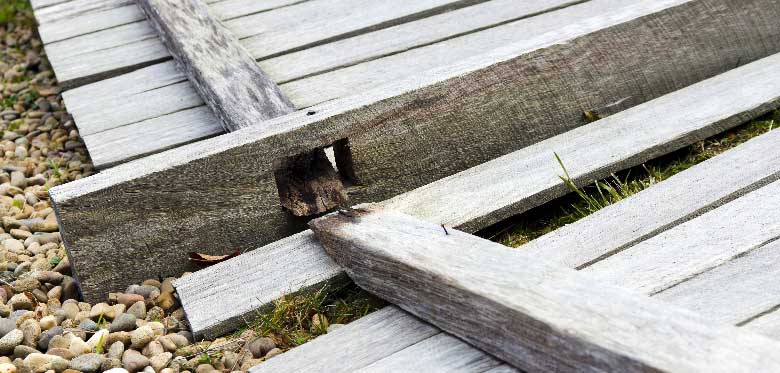In the aftermath of storm Doris I have seen many fences blown down and hedges up-rooted. I imagine many property owners will be negotiating the replacement of these boundary features with their neighbours. But what happens if one land owner doesn’t agree with the position of the new feature? For example, your neighbour erects a fence some distance onto what you believe is your garden.
For our clients who’s land is registered, many immediately turn to the Land Registry and pay to obtain official copies of the register and title plan for their registered title. These clients believe their boundary lies in the location of the red line on their land registry title plan and seek to argue that the "offending fence" lies within the land edged red on the plan. I can’t say that I blame clients for doing so, even the Land Registry website claims to “maintain the central record of legal ownership of all registered land and property in England and Wales”.
However, many of our clients are shocked when we inform them that the Land Registry plan does not determine the legal boundary. Section 60 of the Land Registration Act 2002 :
“(1) the boundary of a registered estate as shown for the purposes of the register is a general boundary, unless shown as determined under this section (2) a general boundary does not determine the exact line of the boundary”.
The electrification of the register in 1983, and the roll out of compulsory registration for all land in England and Wales epitomising in 1998, was intended to simplify conveyancing to the point that keeping various historic transfers would not be necessary. As such, upon registration many land owners did away with the historic transfers. Those that haven’t been thrown away or misplaced by land owners may have been retained by lenders or conveyancing solicitors, many of which are now returning these to land owners.
The most important piece of evidence, in establishing the boundary, is actually the transfer which first split the land out of common ownership. In plain English this is the first conveyance separating your land from your neighbours. The boundaries are fixed at this point in time. Therefore, in the absence of any contrary evidence, this document evidences the position of the boundary.
If this transfer happens to attach a plan containing dimensions, even better! The plan can be useful in a number of ways, for example the presence of T marks on a plan usually indicate ownership of the boundary feature. Further, if the plan contains dimensions this can become useful when instructing a Chartered Surveyor to give their opinion of how this paper boundary translates on the ground.
In the absence of your original title deeds you will need to seek advice about what extrinsic evidence you have of the boundary. If you are in dispute with your neighbour over the position of the boundary, contact our specialist land law team for advice on 01616 966 229.



Comments